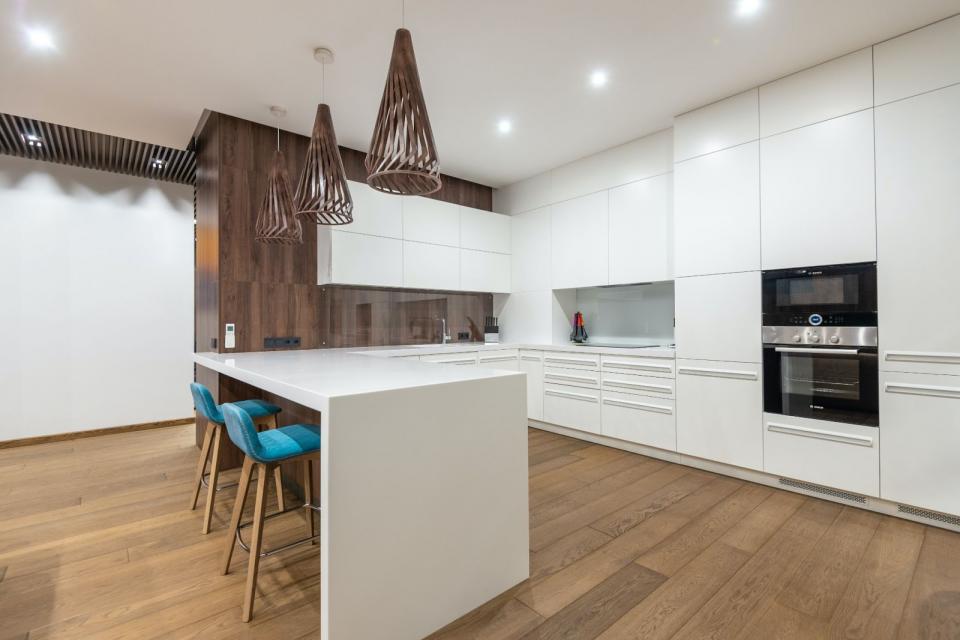Vinyl flooring has become a popular choice among many homeowners. That’s because it has desirable qualities that many people love. But, like all other floorings, it still has some drawbacks. So, if you are thinking of installing this flooring in your home, go through its perks and drawbacks first to make a wise choice.
Pros of Vinyl Flooring
Available in Several Types
Vinyl flooring has various categories, each having a unique price, features, and installation techniques. The two common types are vinyl sheet and vinyl tiles. Let’s discuss each type further to help you differentiate them.
Vinyl sheet - these are simply sheets made of vinyl. They come in a printed design and a see-through wear layer. The sheets measure 6 or 12 feet wide. Therefore, you can easily layout your flooring without using many seams. It thus makes this type a suitable option for wet areas of your house such as bathrooms. While some forms are installed with a perimeter bond, most times installers use a glue bond.
Vinyl tile- it is similar to sheet vinyl, only that it’s sold in square pieces. They are glued down using a troweled-on adhesive. However, adhesive can be pre-applied if there’s no peel-off backing. They measure 9-12 square inches and are an affordable option.
There are also vinyl planks (luxury vinyl) that are prestigious and add real estate value to a home.
Easy to Install
Thanks to the various developments and inventions, it’s easy to install this flooring as a DIY project. Note that vinyl is available in planks that are way easier to install as they don’t require hammering or sawing. Plus, most brands sell self-adhesive vinyl that you only remove the backing and install it on your subfloor.
Highly Durable
Vinyl isn’t a delicate material. Thus, it doesn’t need pampering or extreme caution to prevent wear or damage on the flooring. It’s why many manufacturers today confidently offer a warranty of up to 15 years against wear and damage. However, this is just a baseline figure. With proper installation, your floor can last for over twenty years.
Suits Most Budgets
You can maintain a tight budget or spend big on your vinyl flooring, depending on what you want. Those who want to save on costs can opt for the DIY peel and stick checkerboard tiles. But you can also opt for photo-realistic LVT custom vinyl that should be installed by a professional. It all depends on your resources and how much you want to spend.
Cons
Damage from Sharp Object
While vinyl is generally durable, its spongy and soft surface can make it more vulnerable to cuts and gouges from sharp tools like heavy knives. This is usually a concern that many people have when thinking of installing vinyl flooring. But in case of such, you can simply remove and replace the damaged tile and not your whole floor. Plus, we advise using furniture pads before placing furniture on your vinyl floor.
Vinyl Floor Can Be Hard to Remove
The adhesive glue used strongly hardens to the floor, which makes it difficult to remove vinyl tiles/sheets. However, you can use elbow grease or a scraper tool and chisel chip to remove hardened glue.
Conclusion
Vinyl flooring is an excellent choice in areas that are mostly wet, such as kitchens and bathrooms. It is economical and highly durable. However, except for luxury vinyl, this flooring mostly doesn’t add value to your home.













